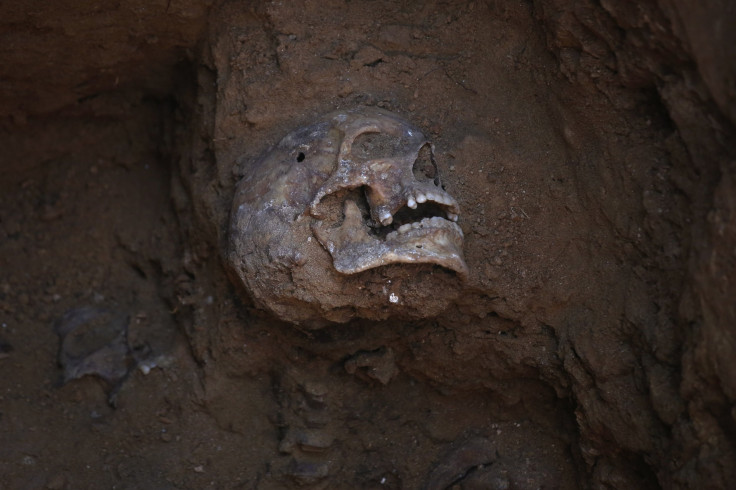Ancient skull cult uncovered by archaeologists in Turkey; Evidence of ritual and carvings by human hand found

German researchers have accidentally uncovered an ancient skull cult in the Neolithic archaeological site of Göbekli Tepe in southeast Turkey. The skull fragments discovered were carved into by hand.
The fragments have grooves too deep to be caused by natural cause or by animals. The skulls appear to have been used for a certain type of ritual. The findings of the study have been published in the journal Science Advances.
The recent discovery seems to prove that for thousands of years, humans have both revered and feared The Metal. It is nearly impossible to say how long it has been around as it does not care about the laws of linear time.
“Although human burials are still absent from the site, a number of fragmented human bones have been recovered from fill deposits of buildings and from adjacent areas. Modified skull fragments from Göbekli Tepe could indicate a new, previously undocumented variation of skull cult in the Early Neolithic of Anatolia and the Levant,” archaeologist Julia Gresky told Gizmodo.
Julia has described the find as “megalithic ritual architecture with characteristic T-shaped pillars.” The team used microscopes to analyse the artefacts, confirming that the incisions were made with a human engineered tool. They look forward to more digging of the site to have an idea about the activities the ancient skull cult engaged in. There is no evidence as to how the cult performed the rituals, though it could have been in the context of enemy trophy taking or ancestor veneration.
The New Stone Age began about 9,000 years ago, when humans started actively engaging in agriculture. They were using stone tools during this time. The study suggests that the tools were used to draw morbid designs on human skulls. The discovery throws light on humanity’s complex relationship with mortality for ages. Another scientist involved in the study, Lee Clare, talked about the challenges this population faced.
The shift from hunting to settling down has brought numerous challenges. The site where the skulls have been discovered could have served to build the group’s collective identity. This could have been strengthened by the rituals performed by this skull cult.





















